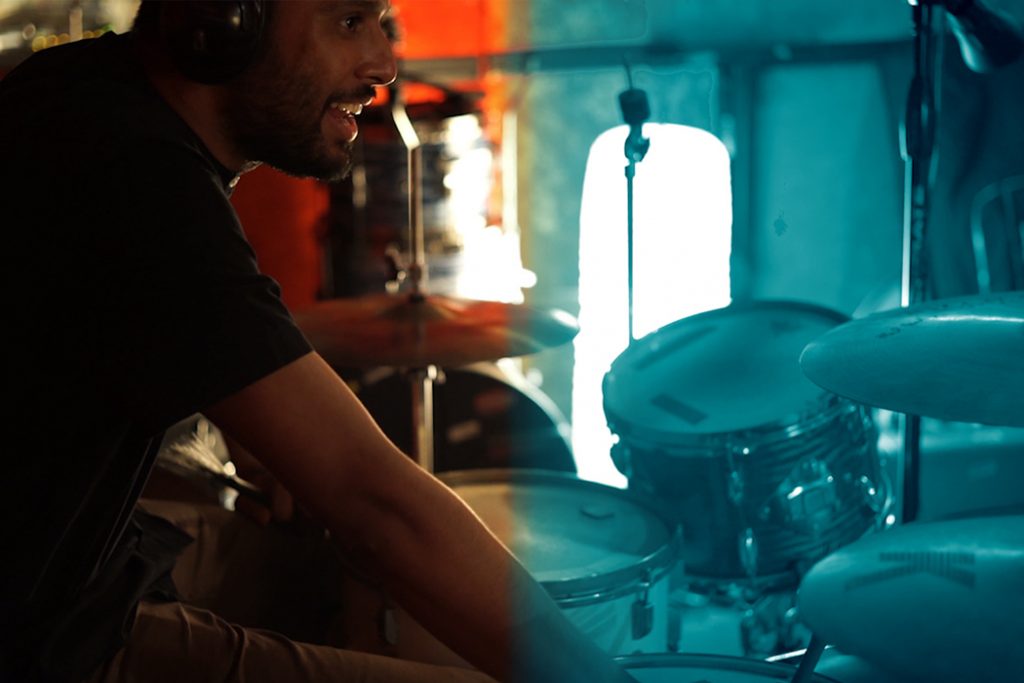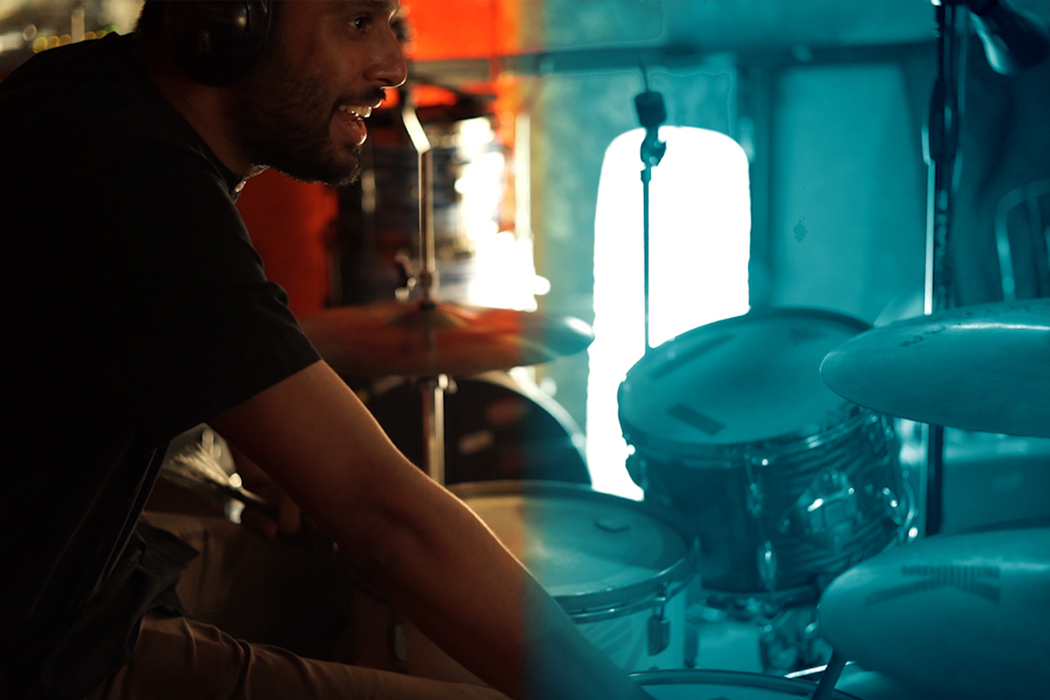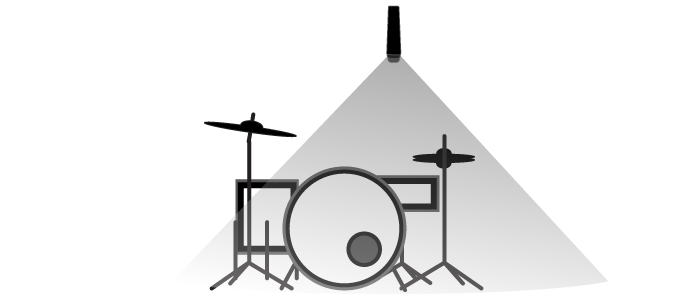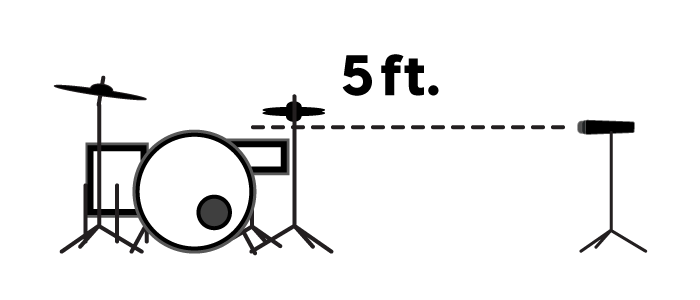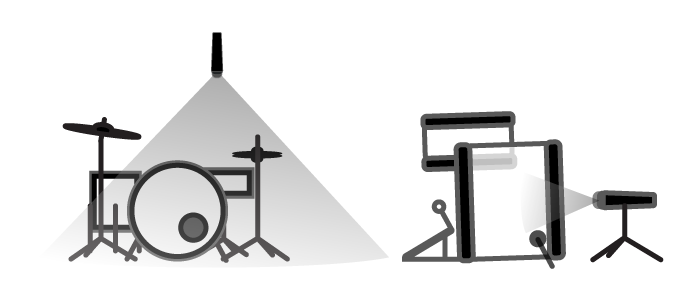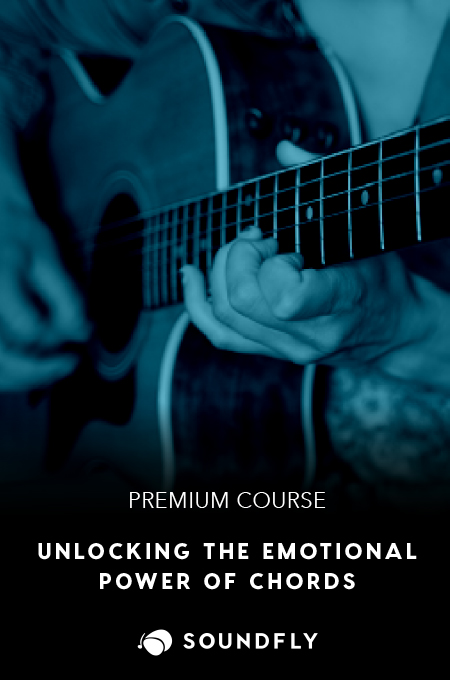+ Welcome to Soundfly! We help curious musicians meet their goals with creative online courses. Whatever you want to learn, whenever you need to learn it. Subscribe now to start learning on the ’Fly.
It’s so easy to get overwhelmed with the process of recording drums. You might be asking yourself whether having a mic on every shell and several mics placed around the room is really necessary. Or perhaps you’re just starting out, and don’t have the equipment for a complex setup.
No worries. Confidently stripping back your mic setup is not only a legitimate response to the above concern, it’s also a time-honored solution. With only one or two mics, your drum kit can sound as good (if not better) than many of the classic drum recordings throughout history, and it will be organic. You won’t have the complexity of a modern kit recording, but you can easily achieve an old-school vibe that may work just as well for your sound.
And don’t sweat the mic itself — use the best you have, but even the humble and stalwart Shure SM57 will yield a good result.
With One Microphone 🎤
Mono Overhead Placement
Start about 5 feet (1.5 meters) above the center of the snare drum head. You’ll get a natural representation of the kit as a whole, favoring the snare a little. The kick will be a bit less powerful by comparison, but this may be fine for your song, or it could be fixed with some EQ.
Mono Room Placement
Start the same rough distance from the snare, but with the mic facing the space just above the kick. Experiment by moving the mic farther away from and then closer to the kit. This placement offers a different kind of natural representation of the kit, this time favoring the kick over the snare.
Placed Tight on the Shells
You could take the front-facing position and push the mic right up between the kick and snare. Or you could get radical and place the mic under the drum throne, perhaps slightly towards the floor tom. Close positioning yields a hyped and aggressive sound that can be very favorable to drum parts that are light on cymbals. With the right EQ and compression, you’ll get your shell transients popping.
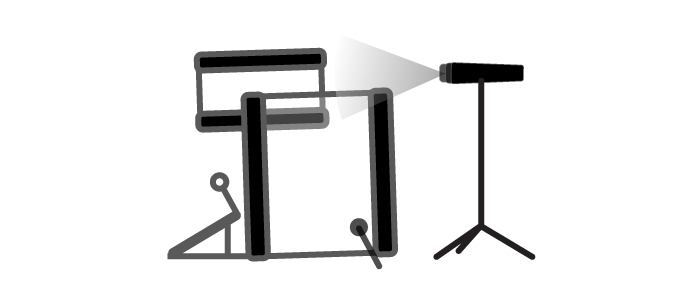
Now let’s add a second mic. Make sure you understand phase cancellation before adding a second mic into your setup. (In our free course, Demo Recording 101, we cover the basics of phase, specifically for drum recording. Go check it out!)
🎤 With Two Microphones 🎤
Mono Overhead and at the Kick
Snare punch and image from the overhead, thump from the kick — boom! In some cases, subbing the mono overhead for a mono room will get you where you want to be.
Stereo Overhead Placement
If you don’t need a hefty kick, this setup will help your kit feel richer and wider in your mix. You can start by taking your mono overhead and then throwing in an extra mic that faces the hi-hat or floor tom. Alternatively, you could place both equidistant from the snare.
On the Kick and on the Snare
This placement will sacrifice the round overall image of the kit, but it could be worth it if your production needs that extra punch from these key drums.

With three mics, you’ll vastly improve the kit sound with a stereo overhead setup and a close mic on whichever timbre you’re trying to accentuate (D’Angelo-esque rim shots anyone?), or with two close-miked drums and a subtle ambient room source. Yadda yadda… you get the idea.
These minimalist techniques should get you started, but always be sure to listen closely and go with what your ear tells you.
And don’t forget that some judicious mixing can bring any one of these approaches to life. Happy tracking.
Improve all aspects of your music on Soundfly.
Subscribe to get unlimited access to all of our course content, an invitation to join our members-only Slack community forum, exclusive perks from partner brands, and massive discounts on personalized mentor sessions for guided learning. Learn what you want, whenever you want, with total freedom.
